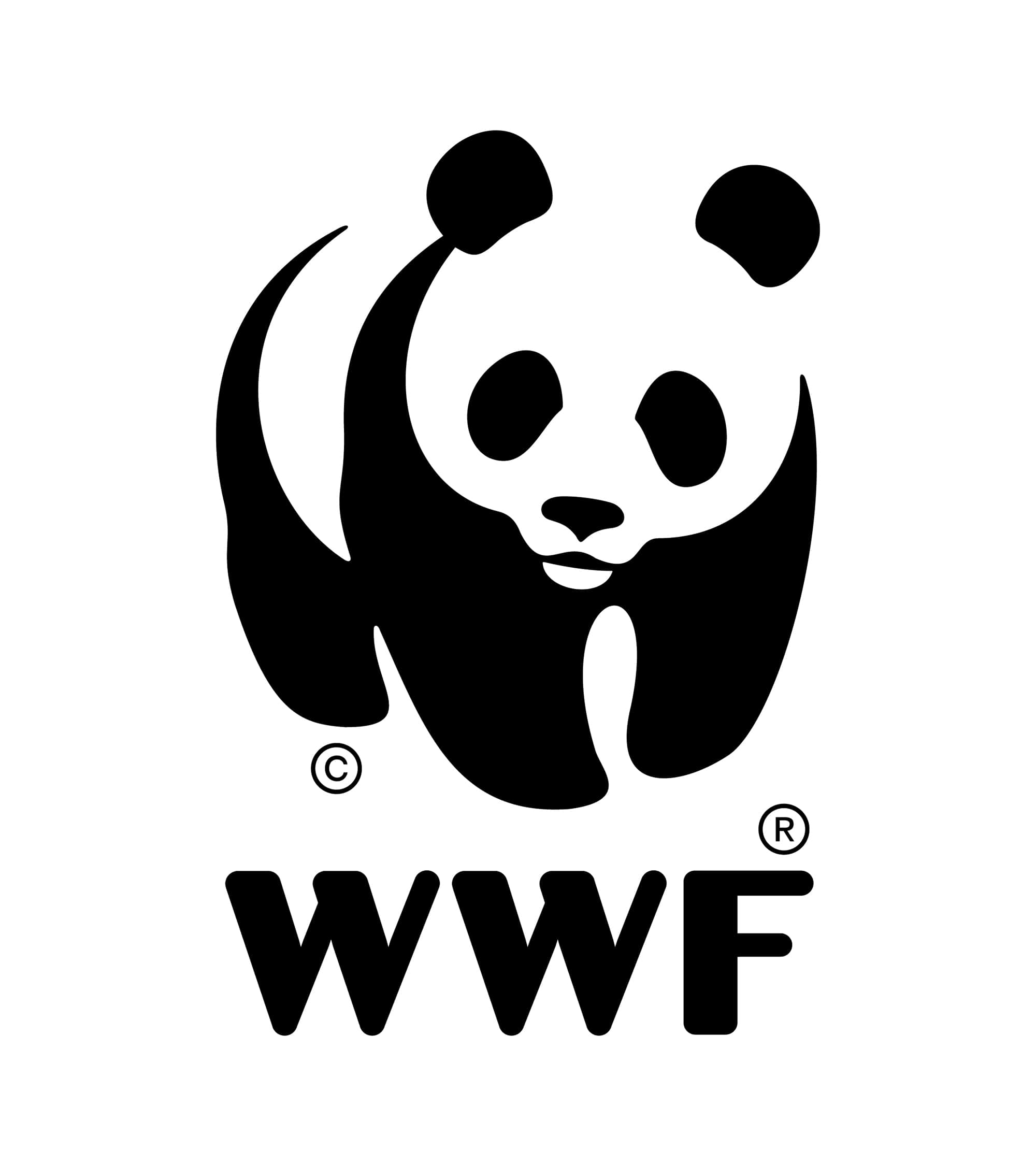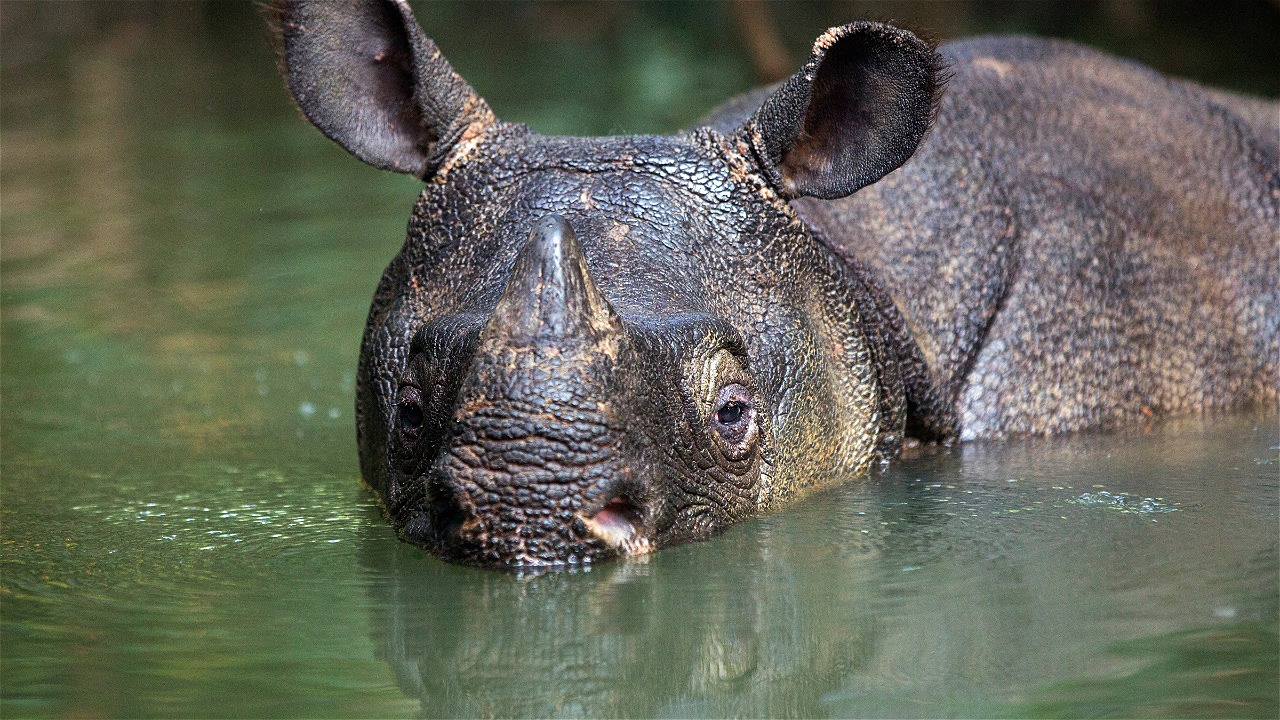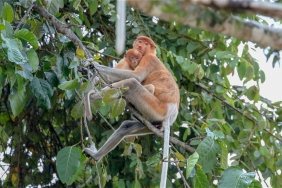MULTISTAKEHOLDER MEETING TO MONITOR AND EVALUATE RHINO CONSERVATION ACTIVITIES
By: Masayu Yulien Vinanda
Bogor (29/06)- In order to evaluate activities on rhino conservation, Ministry of Forestry in a collaboration with WWF-Indonesia Ujung Kulon Project, organized a two-day workshop on “Monitoring and Evaluation on Strategy and Action Plan for Rhino Conservation in Indonesia,” started on Monday (27/06), in Papyrus Hotel,Bogor.
This meeting brought together managers of Protected Areas holding rhinos (Bukit Barisan Selatan NP, Ujung Kulon NP, Way Kambas NP, and Gunung Leuser NP), scientists, Government of Indonesia officials and representatives of the conservation non-governmental organization community for instance WWF, Wildlife Conservation Society/WCS, Indonesian Rhino Foundation/YABI, international Leuser Foundation/ILF and International Rhino Foundation/IRF. They gathered discussing some achievements of rhino conservation activities, setting baseline value, and mapping strategies in order to achieve ambitious goals of Rhino Century Program. They are the growth of rhino populations in Indonesia with a target of 3 % annual increase and securing 1 million ha of protected areas for viable wild rhino habitat in 2025.
Five aspects of the action plans discussed comprised rhino protection, habitat management, population management, co-existence of badak and human, and research. One of the aspects which was intensively explored was the establishment of a second Javan rhino population. Four areas had been agreed as baseline value for documenting potential sites in Java and Sumatera for establishing a second Javan rhino population. They were Gunung Halimun Salak NP, Badui forest, Sancang Nature Reserve, and Cikepuh.
The idea of establishing second Javan rhino population is in line with WWF-Indonesia rhino conservation work. According to WWF-Indonesia Project Leader for Ujung Kulon Project, Adhi Rachmat Hariyadi, Ujung Kulon's rhino population is now estimated at around 47 individuals which have been striving to survive in the middle of challenges, limitations and fragileness surrounding. This condition indicates an urgent need to prepare second habitat or second home so that Javan Rhinos can be preserved.
“Besides continue to protect Rhino habitat and population in Ujung Kulon, WWF-Indonesia also develops second habitat to ensure the survival of Javan Rhinos. However, synergy between stakeholders is needed. Not only between relevant institutions, but also the local communities, both in Ujung Kulon itself and in the other areas which are referred as the second home for Javan rhinos, “ he added.
Furthermore, the dialogue also evaluated the effectiveness of Rhino Task Force (RTF), group of mutistakeholders who are responsible to coordinate and oversee the implementation of the different components of the strategy and action plan by the different partners who participate in the Rhino Century Program. The workshop agreed to revitalize RTF. As an initial step, a small group consisting of representatives from NGOs, National Park Office, and spesies experts was formed.
The small team called “New RTF.” They will evaluate action plan on rhino conservation as well as RTF performance in implementing The Rhino Task Force Action Priorities.
Meanwhile Head of Sub-directorate of Species Conservation, Ministry of Forestry, Agus SB. Sutito said, the recommendations and inputs gained from the workshop would give significant contribution toward the effectiveness of rhino conservation program in Indonesia.
“Through this evaluation process, we will identify whether the action plan is still relevant with the present condition, if our partners working on the rhino conservation still implement the action plan. The output will be used as our reference in composing road map toward the growth of biodiversities and species populations with a target of 3 % annual increase. Javan and Sumatran rhinos are part of the priority species. The document is scheduled to be released within the next three months,” he emphasized.
The recommendation will then be formulated by the Ministry of Forestry and socialized to all relevant Technical Service Unit (UPT) as well as other different partners who participate in the Rhino Century Program for instance WWF, YABI, and IRF.





